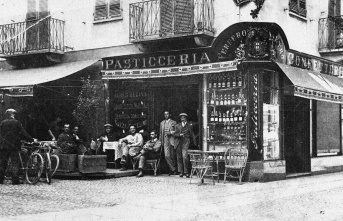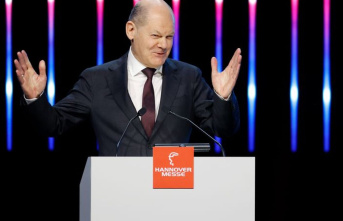Significantly more petrol was delivered in Germany in the summer months. The domestic deliveries recorded by the Federal Office of Economics and Export Control - mostly at petrol stations - were 4.86 million tons from June to August.
That is significantly more than in the past two years and even exceeds the pre-Corona values by around 100,000 tons. In the months before and in September, on the other hand, the values were well below the pre-crisis level.
The phase of particularly high domestic deliveries of gasoline coincides with the period of temporary tax cuts on fuel. A connection has not been proven, but it is obvious.
From March to May, in the first months of the extreme increase in fuel prices in the wake of the Ukraine war, deliveries of 4.02 million tons were around 500,000 tons below the pre-crisis values in the comparable period. Also in September - i.e. after the tax cut - the values at 1.37 million tons of gasoline were well below the pre-Corona values. Data for October and November are not yet available.
Tax details as a reason
In line with the lower deliveries, the price of petrol also fell almost continuously in September. At the beginning of the month it was just over EUR 2.02 for a liter of Super E10, but by the end it was just under EUR 1.88. But the same applies here: A connection is obvious, but not certain. Among other things, the price of oil fell over the course of the month.
In addition, a tax law detail is likely to have played an important role in the lower September deliveries: the mineral oil tax does not apply to sales at the pump, but to the delivery to the gas station. This made it attractive for operators to fill their warehouses as full as possible again at the reduced tax rate at the end of August. Accordingly, they needed fewer deliveries in September.
There had already been a similar shifting effect when the tax cuts began. At that time, it was attractive for operators to no longer be supplied in May but only in June. However, August stands out particularly clearly with a delivery volume of 1.71 million tons - both in the current year and in comparison to previous years.
In the case of diesel, particularly high deliveries can also be observed in August of this year - and particularly low values in May and September. Overall, however, there is no clear effect that is comparable to that of petrol. On the one hand, the fact that the tax cut for diesel was only half as high as that for petrol could have an impact here. In addition, a large part of the fuel is consumed by trucks - economic effects usually play a greater role here than with petrol.







